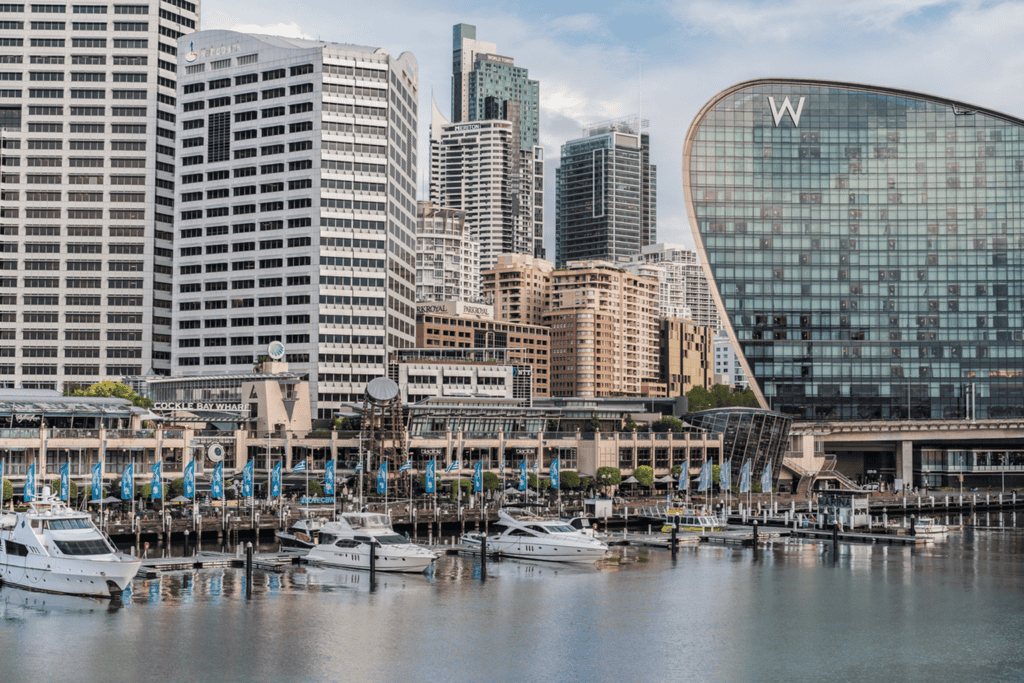’Twas the night before Christmas and all was silent ’cept the murmuring of central bankers about interest rates.
The heat in the housing market in the two major capitals is causing not unreasonable concern, highlighted by pressure from the Organisation for Economic Co-operation and Development (OECD) to increase official interest rates in 2017 to avoid a blowout.
The OECD says there is a growing need for Australia to unwind its high house prices and other financial distortions caused by ultra-low official interest rates.
Deflated house price index (2Q – 2006 = 100)*

* The real house price is given by the ratio of nominal price to the consumers’ expenditure deflator in each country, both seasonally adjusted, from the OECD national accounts database.
It suggests that with the US Federal Reserve on an interest rate increase trajectory, the Reserve Bank of Australia (RBA) will be able to tighten without fear of driving up the Australian dollar.
The RBA ignored the advice at its final meeting for the year in December and decided to leave official interest rates on hold at the record low of 1.5%.
Then came the news that the economy hit a speed bump in the third quarter, with GDP shrinking a whopping 0.5% – well beyond the gloomiest forecasts.
More pain than gain
The bad September number was more than likely the result of temporary factors – wet weather in Victoria halting housing construction and lower commodity prices – rather than deep-seated weakness. (The weather has improved in Victoria and China is buying coal and iron ore again.)
So it’s likely the December quarter GDP number will be positive again, opening up the possibility of an interest rate rise. But the consequences of that go well beyond putting a lid on housing demand.
Let’s just take the economic fundamentals.
Non-mining investment has been increasing in NSW and Victoria but declining everywhere else. It grew 1.4% in Victoria and NSW, while it collapsed 17% in the rest of Australia in the past year. Over three years, total business investment has declined 33%.
Wage growth is the weakest in decades at less than 2%. Employment growth has stalled and underemployment is at a record high.
Underlying inflation is at a record low and has been below the bottom of the RBA target range for more than a year.
GDP growth and inflation 1961-2021 (annual percentage change)

The Australian dollar has been supported by one of the highest interest rates in the industrialised world and while the OECD argument has some merit, the local dollar is a commodity driven currency. Iron ore prices, the country’s major commodity export, are now close to five-year highs.
That means the currency may continue to be supported even if interest rates don’t rise again, maintaining the pressure on non-mining companies as their goods and services remain expensive for international customers.
Banks are already there
The push to increase official interest rates also ignores the fact that the banks have already increased housing investment loan rates as a result of higher funding costs.
Business investment would also contract further, with any increase to the cost of funding putting pressure on the employment market and consumer spending.
So the OECD’s suggestion to increase interest rates to prick the housing bubble is an over-simplification of a complex problem.
The appalling GDP numbers mean the RBA board surely must be thinking about cutting interest rates, but it won’t meet again until February 2017.
The unfortunate consequence may be that property price growth in Sydney and Melbourne may top 6% over the next year – and someone in the OECD machinery may have kittens.




